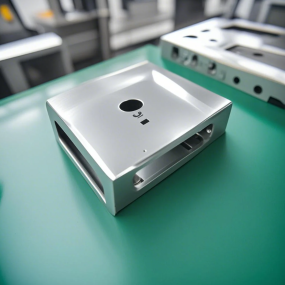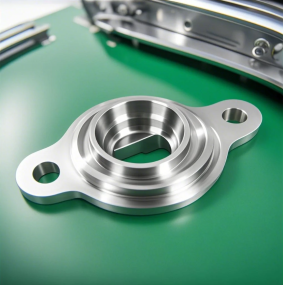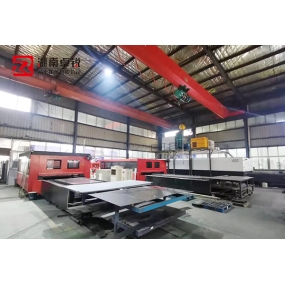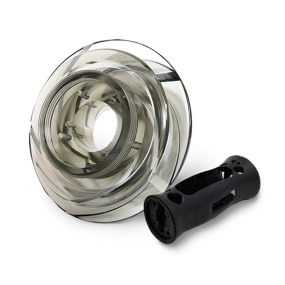Sheet metal shell processing is a common metal processing operation, usually used to manufacture various types of shells, boxes, bases, and other products. When performing Sheet Metal Processing, the following steps need to be taken:
1. Design and drawing: Firstly, it is necessary to design and draw the shell according to the requirements and specifications of the product. Design includes considerations of appearance, size, structure, and other aspects, while drawing is the process of converting design drawings into manufacturing process drawings.
2. Material preparation: Select materials suitable for processing. Commonly used materials include cold-rolled plates, hot-rolled plates, stainless steel plates, etc. Choose the appropriate material specifications according to product requirements.
3. Material cutting: Cut the material according to the process drawings and design requirements. Common cutting methods include cutting plates, stamping, laser cutting, etc., to obtain the required basic external dimensions.

4. Bending forming: According to the structure and requirements of the shell, materials are formed by bending or other methods to present the desired shape.
5. Welding connection: Weld the connection where it needs to be spliced to ensure that the structure of the shell is firm and the sealing is good. The commonly used welding methods include spot welding, submerged arc welding, argon arc welding, etc.
6. Surface treatment: Surface treatment is applied to the shell to achieve aesthetic, anti-corrosion, and increased wear resistance. Common surface treatment methods include spraying, electroplating, polishing, etc.
7. Assembly and debugging: Assemble, debug, and test each component to ensure that the functionality and performance of the casing meet the design requirements.
Through the above steps, complete the processing of sheet metal shells and obtain products with exquisite craftsmanship and reliable quality. Sheet metal shells are widely used in industries such as electronics, communication, and machinery, and are an important component of product appearance and functionality improvement.


 Spanish
Spanish Arabic
Arabic French
French Portuguese
Portuguese Belarusian
Belarusian Japanese
Japanese Russian
Russian Malay
Malay Icelandic
Icelandic Bulgarian
Bulgarian Azerbaijani
Azerbaijani Estonian
Estonian Irish
Irish Polish
Polish Persian
Persian Boolean
Boolean Danish
Danish German
German Filipino
Filipino Finnish
Finnish Korean
Korean Dutch
Dutch Galician
Galician Catalan
Catalan Czech
Czech Croatian
Croatian Latin
Latin Latvian
Latvian Romanian
Romanian Maltese
Maltese Macedonian
Macedonian Norwegian
Norwegian Swedish
Swedish Serbian
Serbian Slovak
Slovak Slovenian
Slovenian Swahili
Swahili Thai
Thai Turkish
Turkish Welsh
Welsh Urdu
Urdu Ukrainian
Ukrainian Greek
Greek Hungarian
Hungarian Italian
Italian Yiddish
Yiddish Indonesian
Indonesian Vietnamese
Vietnamese Haitian Creole
Haitian Creole Spanish Basque
Spanish Basque











